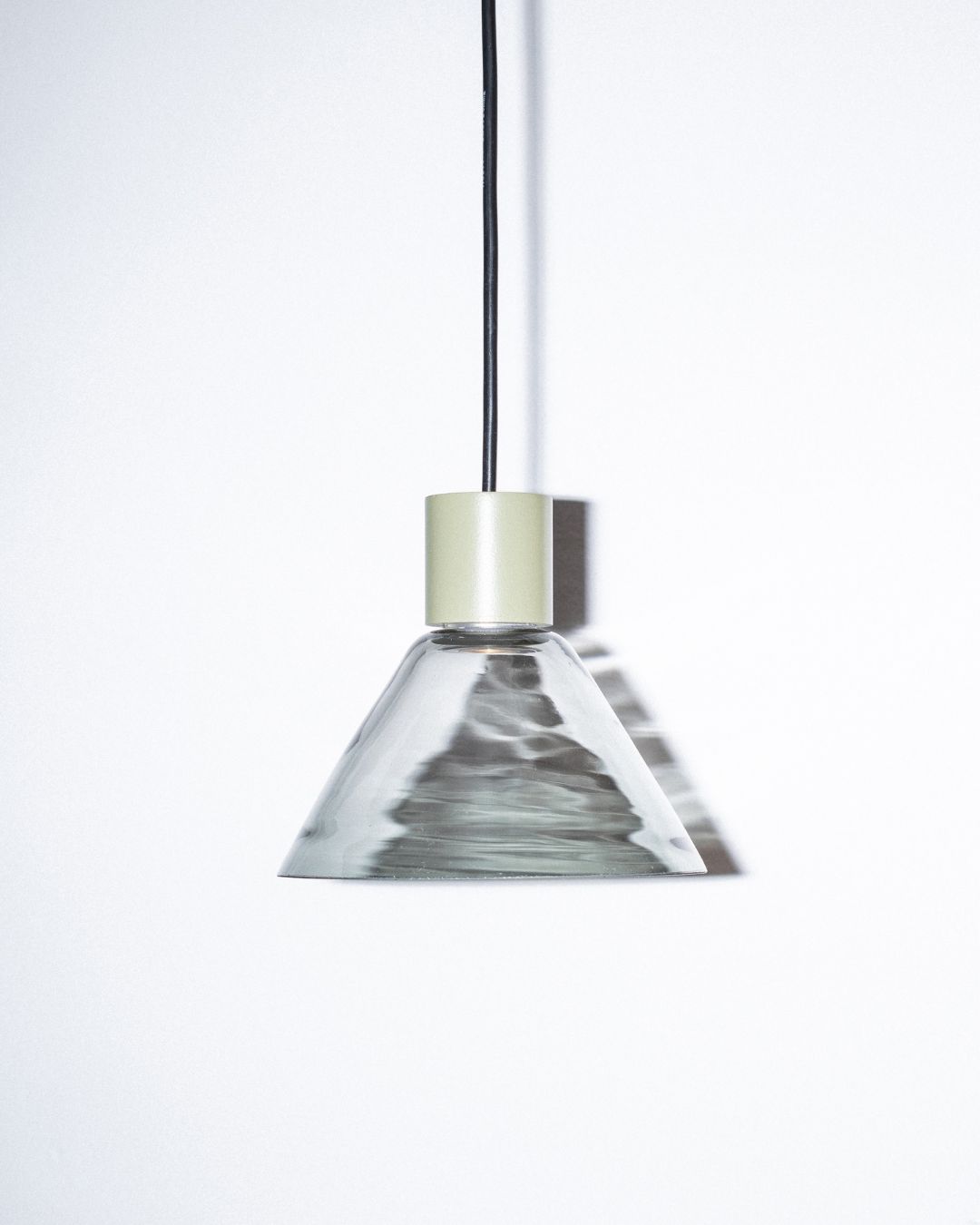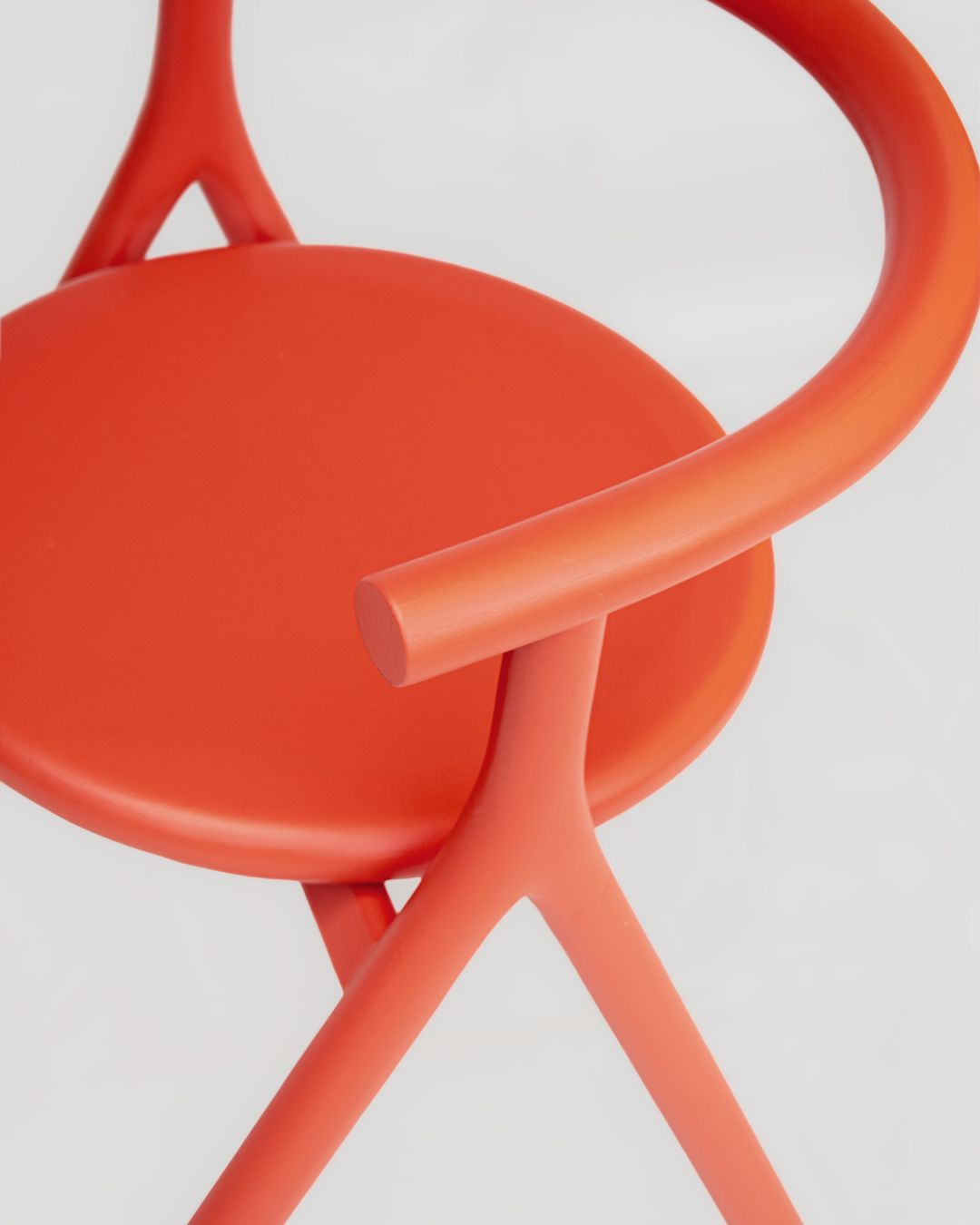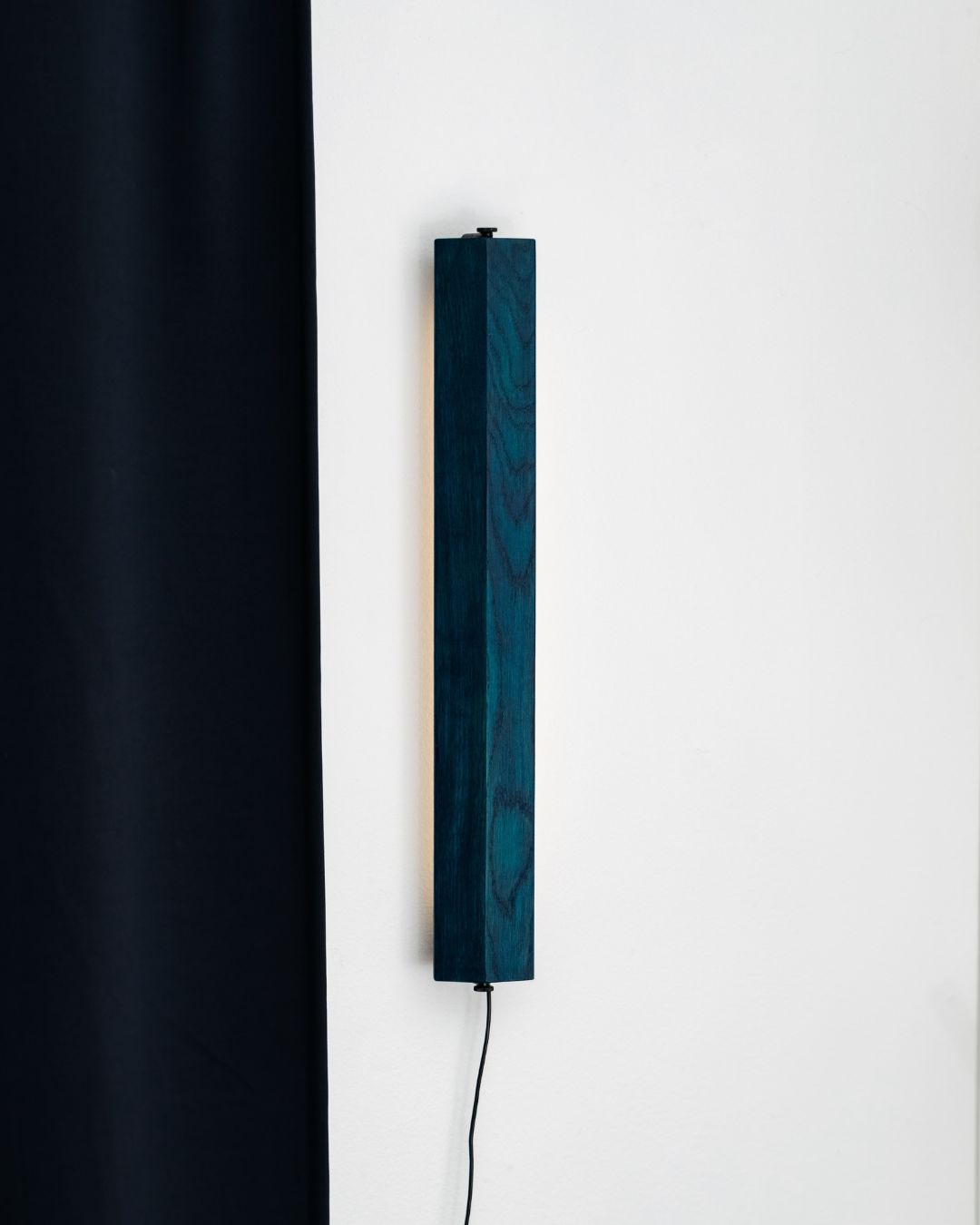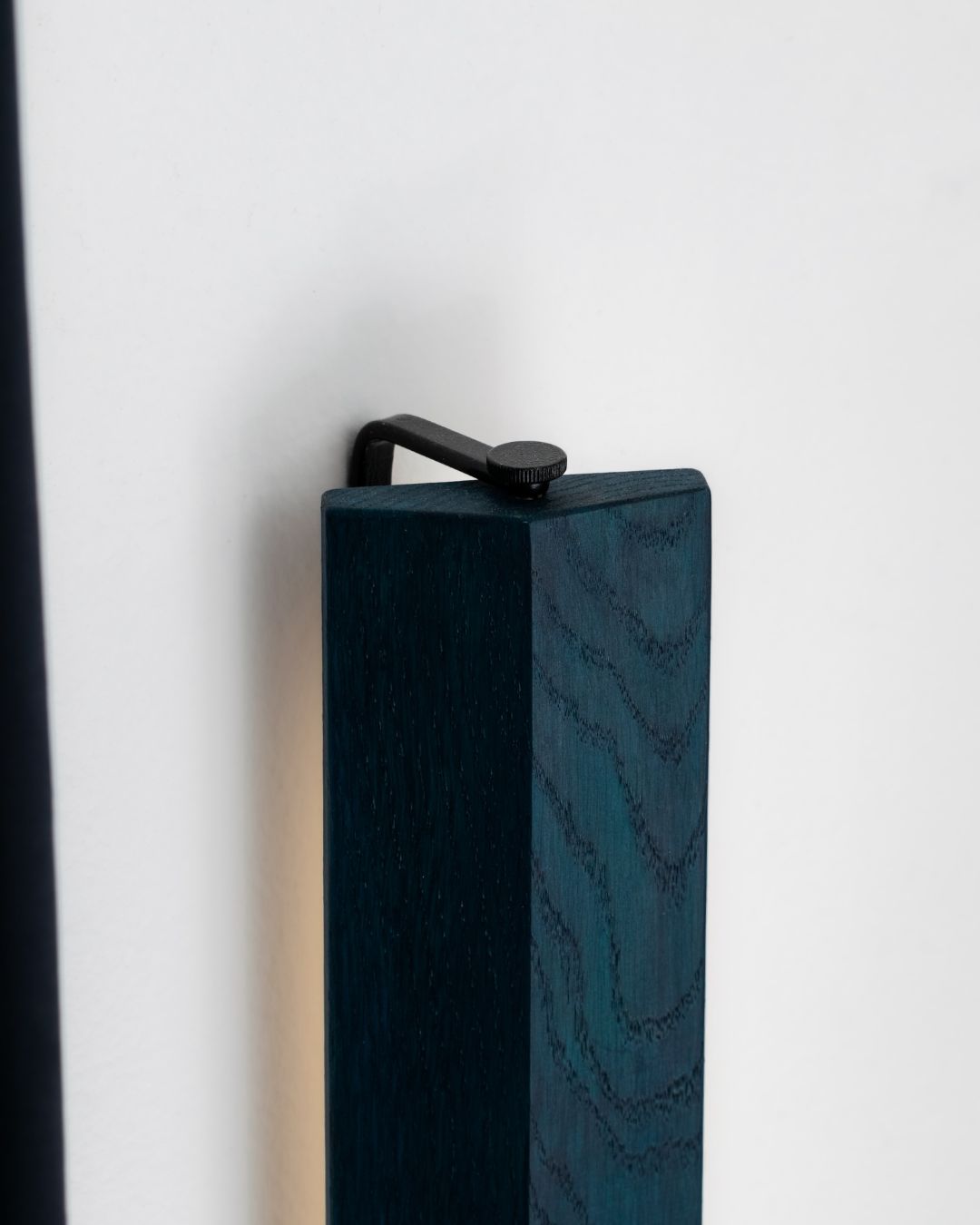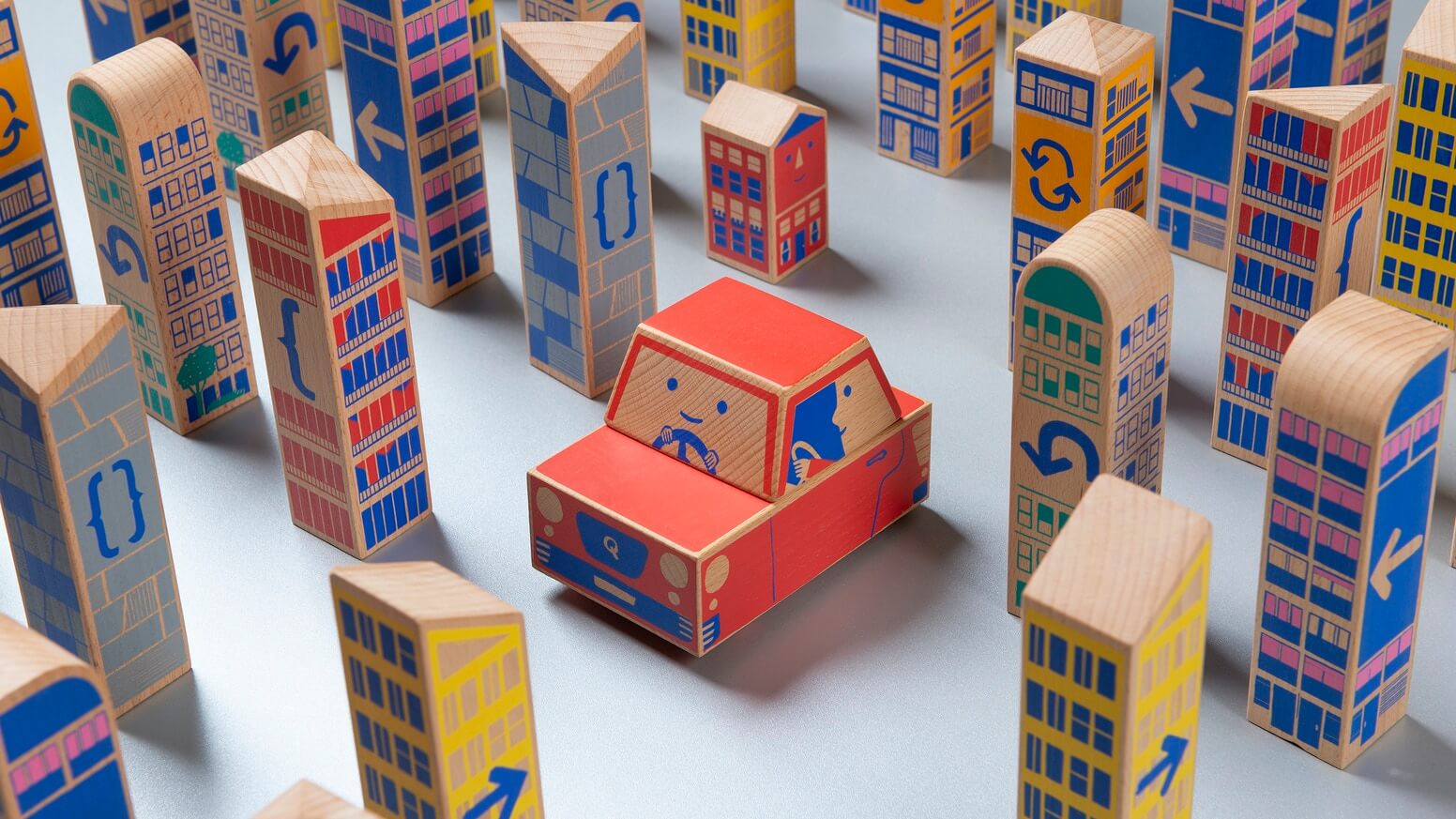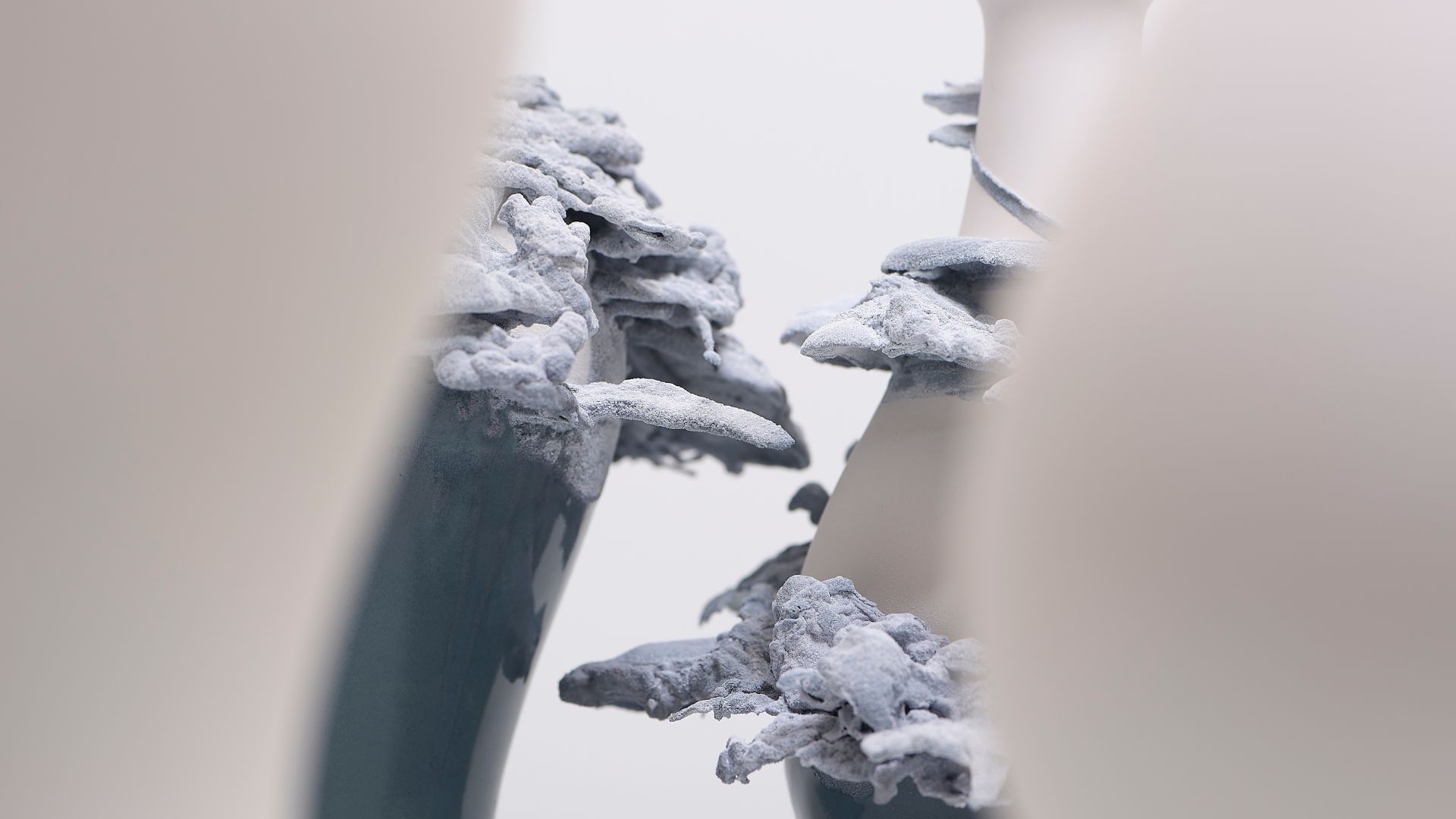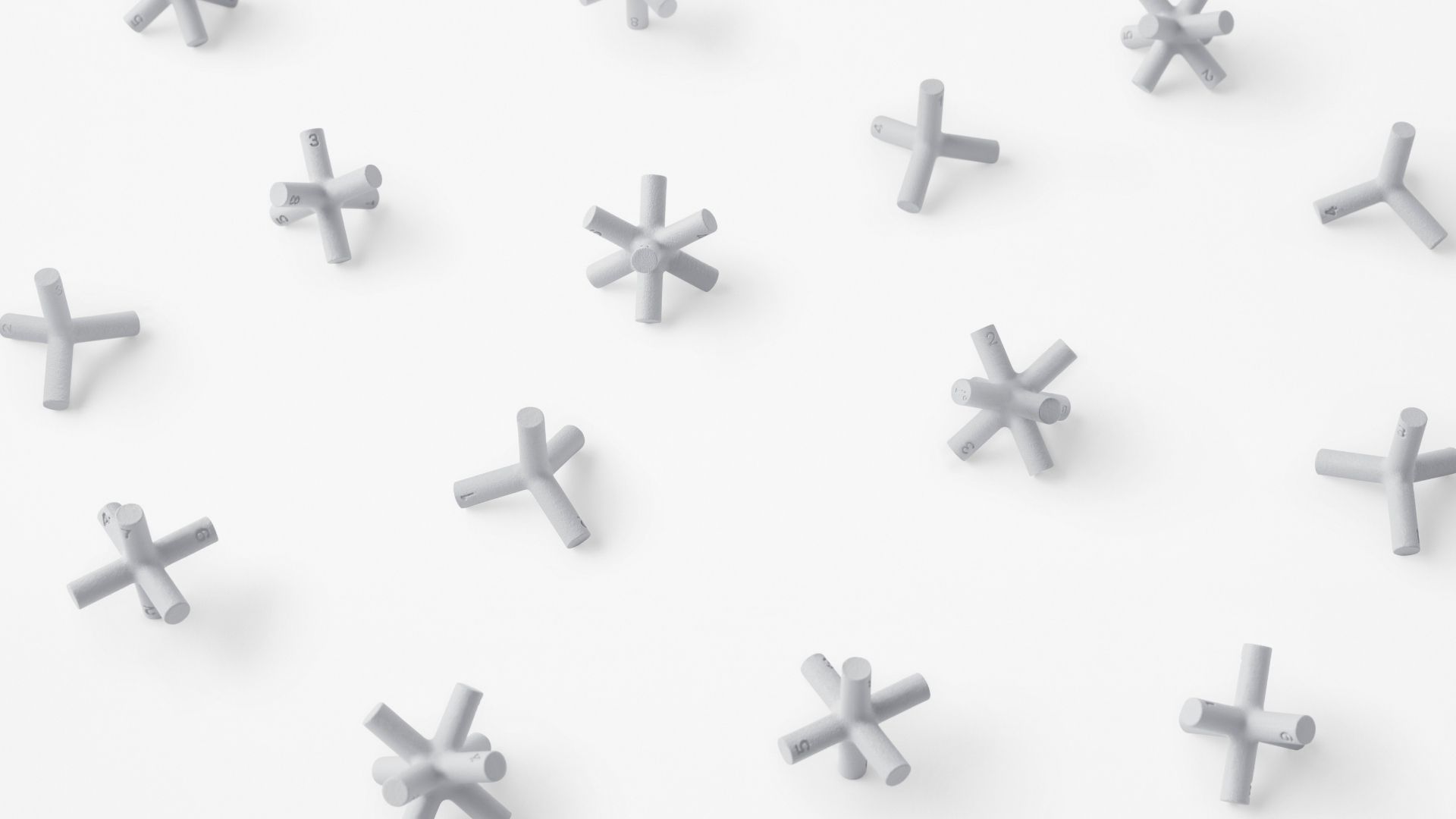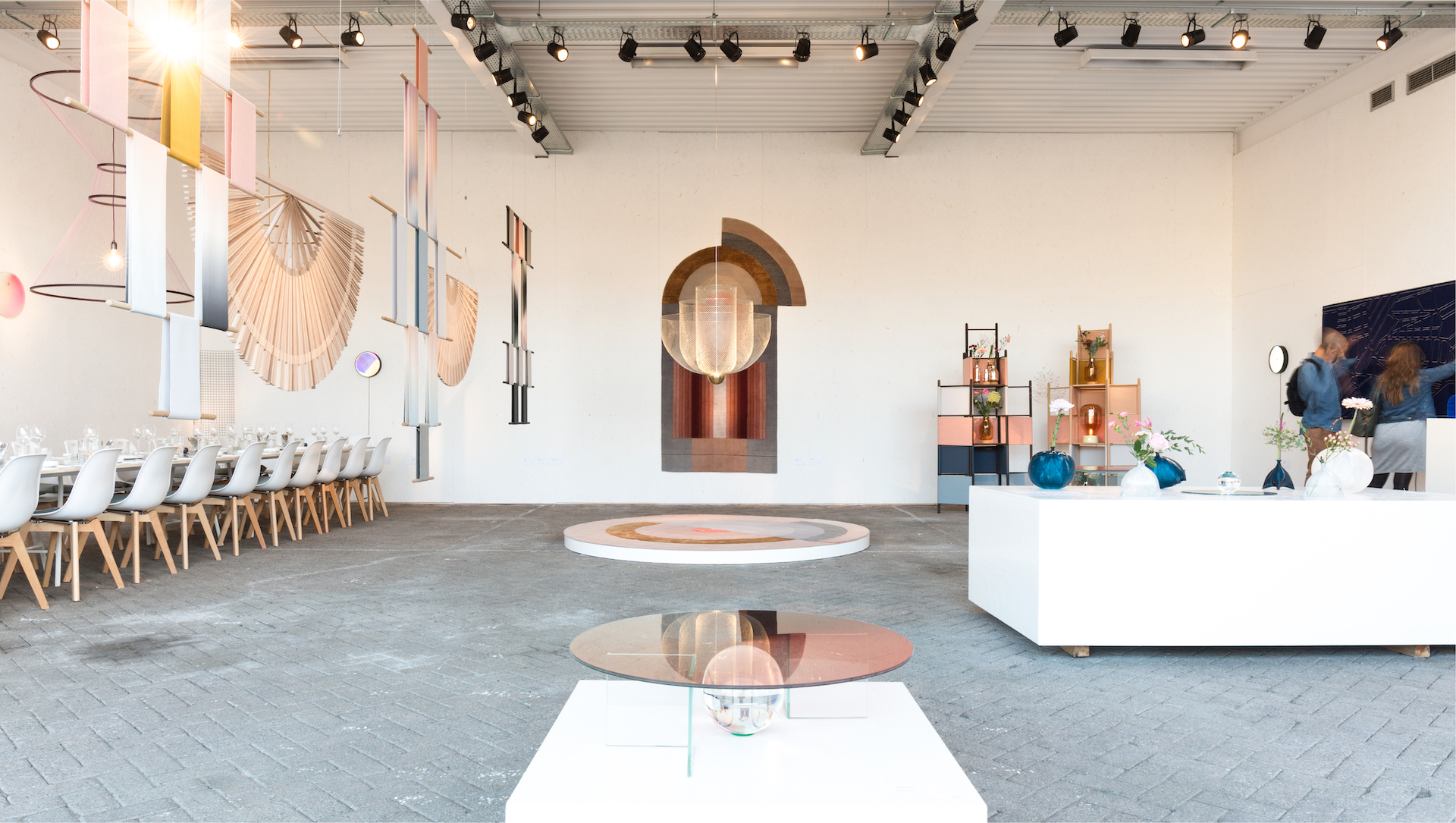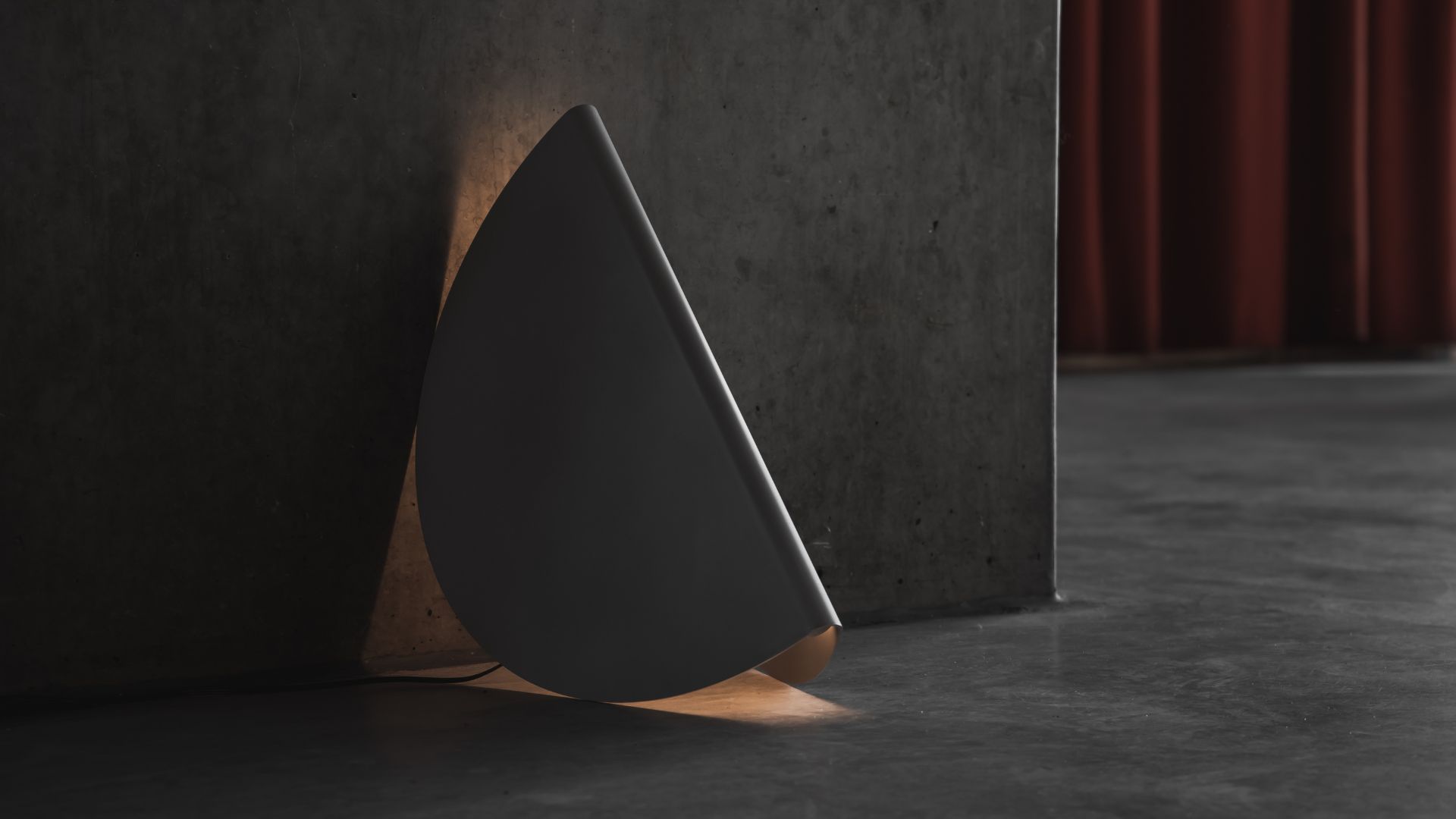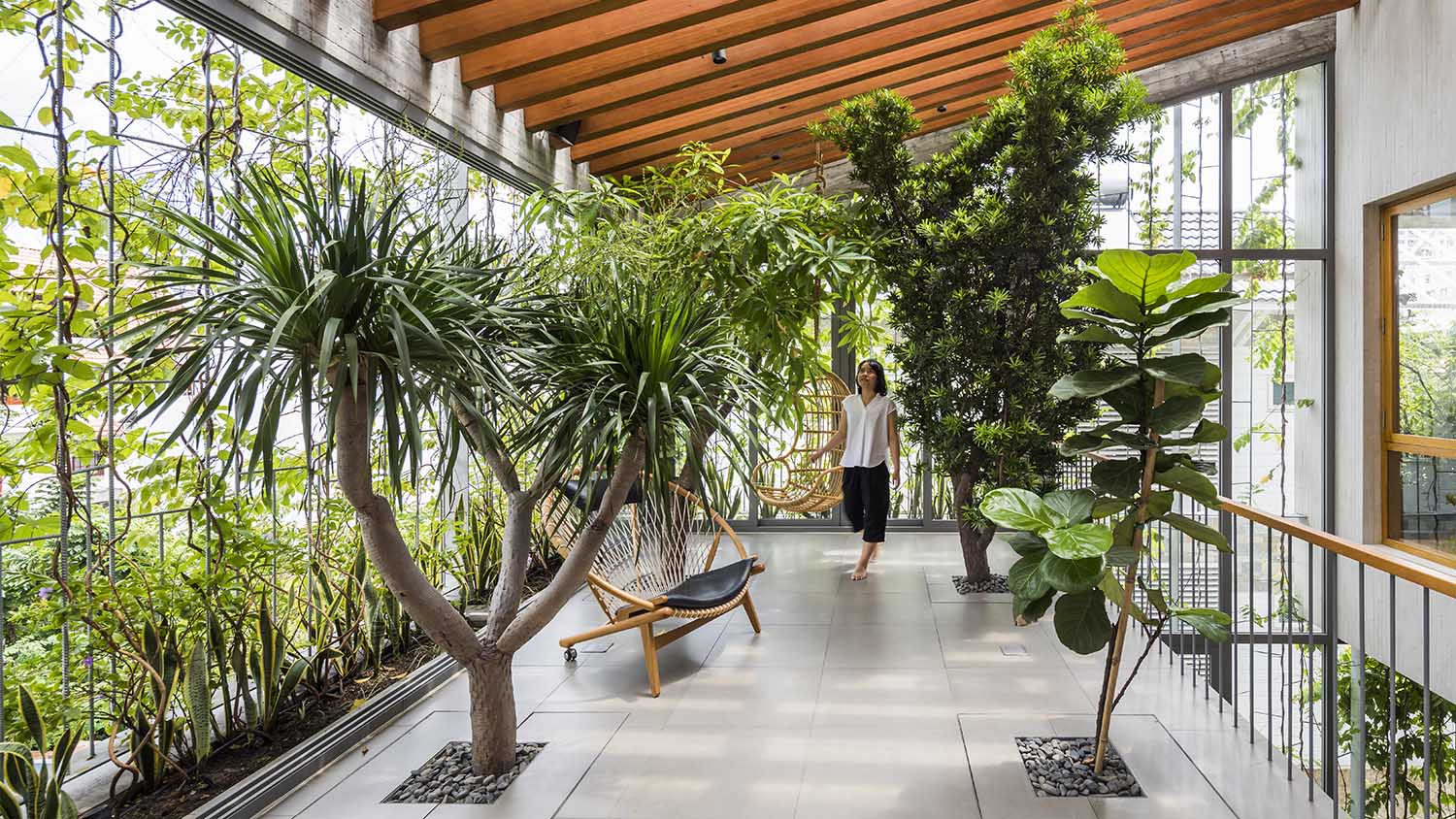Blending digital precision with hands-on experimentation
Guided by core values of honesty, functionality, and sustainability, Simo Lahtinen’s work is characterized by a minimalist aesthetic that prioritizes purpose and durability.
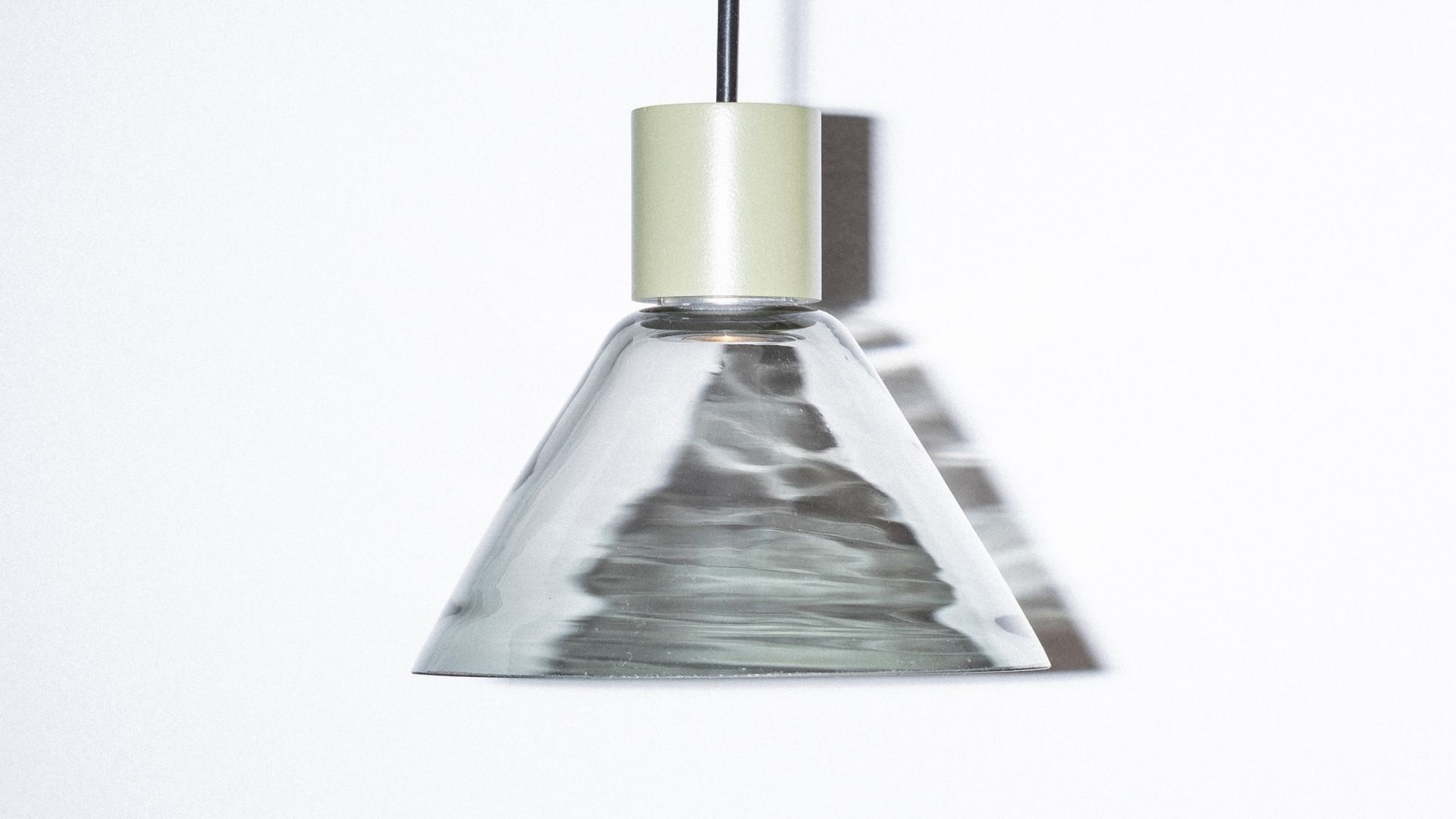
Simo Lahtinen is a versatile designer whose journey began in the architecture offices, where he first discovered the profound impact that design can have on our environment. Initially drawn to creating meaningful spaces, his passion evolved, leading him to industrial design, where he could work more closely with products and user experiences.
Over the years, his career has spanned various design disciplines, from urban design to product design, culminating in the founding of his own studio, Studio Simo Lahtinen, about five years ago. Guided by core values of honesty, functionality, and sustainability, Simo’s work is characterized by a minimalist aesthetic that prioritizes purpose and durability.
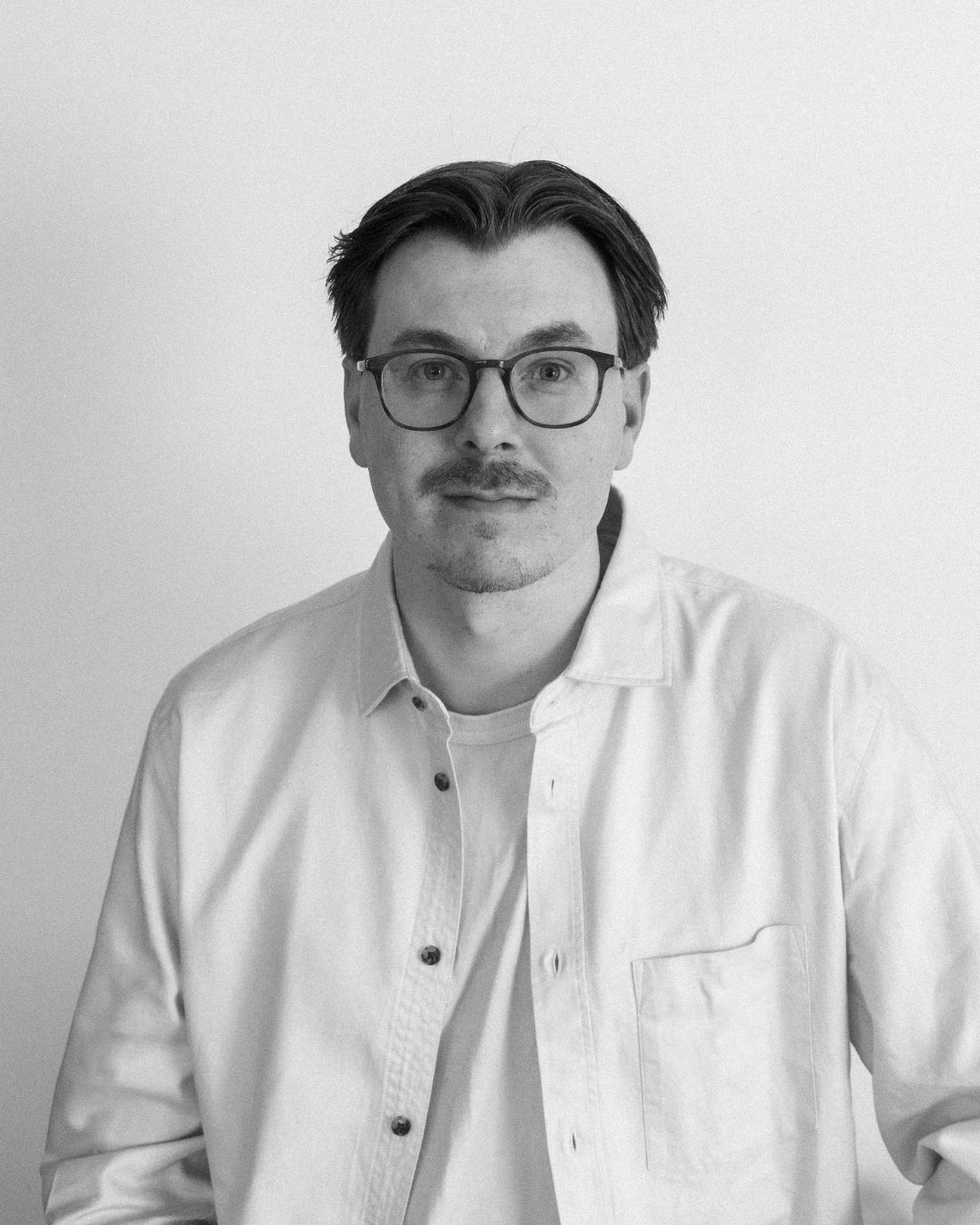
Who is Simo Lahtinen? How did your design journey begin?
Simo Lahtinen:
“My design journey began in architecture offices, where I was first introduced to the importance of how design shapes our environment. Working in that field ignited my passion for creating meaningful spaces and objects. Eventually, I transitioned into industrial design, drawn by the opportunity to work more directly with products and user interaction. Over the years, my career has been incredibly versatile, allowing me to work across various design disciplines—from urban design projects to product design. About five years ago, I founded my own studio, Studio Simo Lahtinen, where I’ve continued to take on diverse projects that span a wide range of scales and industries. This versatility has shaped my approach, where form, function, and user experience are always in balance.”
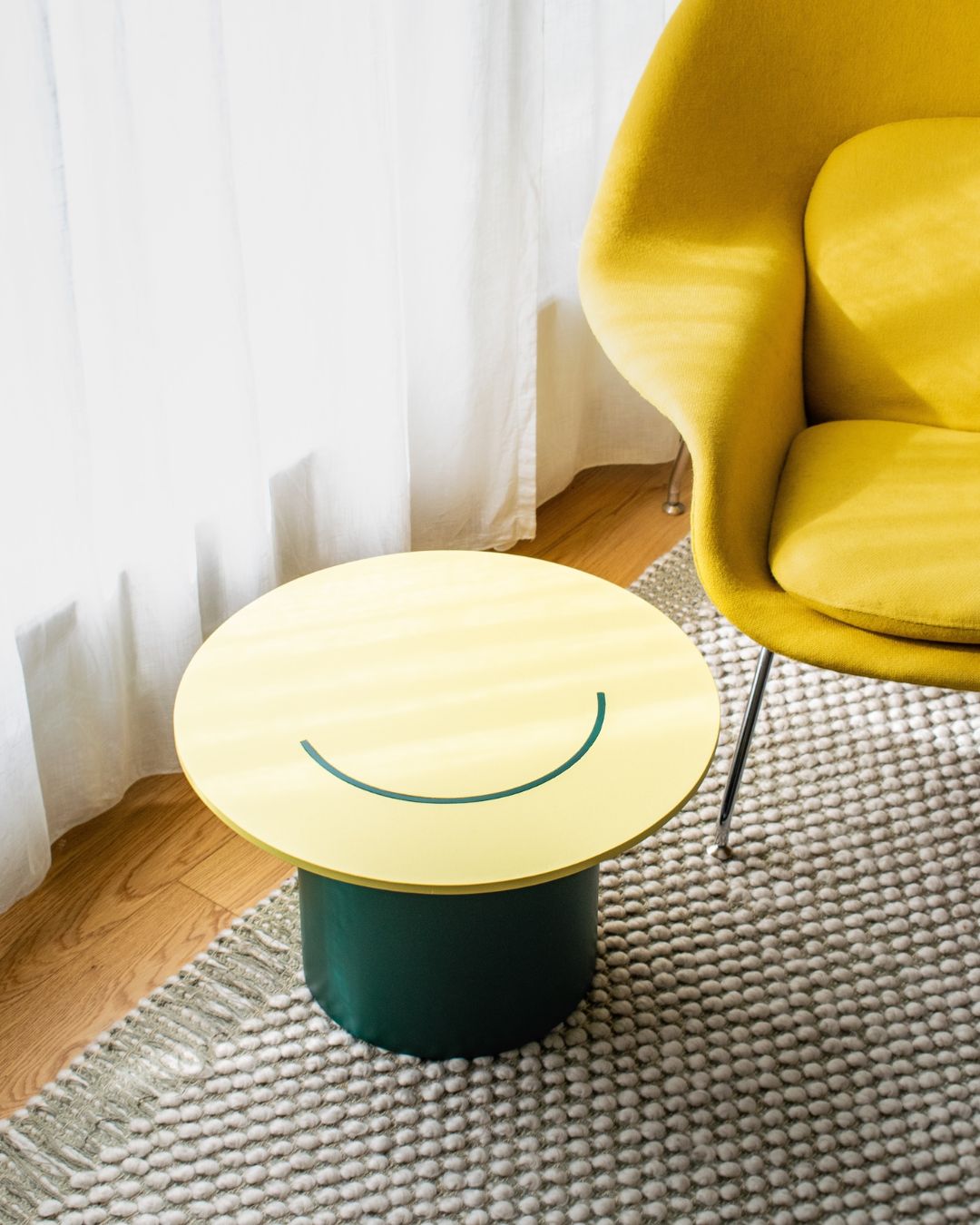
Which are the main values, core concepts or style inclinations that, above all, will always represent the studio and yourself?
Simo Lahtinen:
“Honesty, functionality, and sustainability are the core values that guide my work. I believe that good design should be straightforward and purposeful, with a clear intention behind every decision. My style focuses on a minimalist aesthetic, avoiding unnecessary elements while emphasizing clever, functional details. However, my focus goes beyond aesthetics—I aim to create designs that have a positive impact on both users and the environment. For me, it’s important that my work not only looks good but also serves a real purpose, is durable, and enriches the everyday experiences of those who use it.”

Which are your vital tools, resources and methods in your daily work?
Simo Lahtinen:
“In my daily work, I rely on a combination of digital tools, hands-on experimentation, and prototyping. CAD software and 3D modeling are essential for precision and visualizing concepts, but equally important is working by hand. I have a small workshop where I create functional prototypes, which allows me to explore ideas more freely and test them in the real world. Experimentation is a key part of my process—working with materials and physical models often leads to unexpected insights and new directions. Sketching also remains vital, as it’s the fastest way to get ideas out and start refining them. This blend of digital and physical methods ensures that my designs are well thought-out, practical, and innovative.”
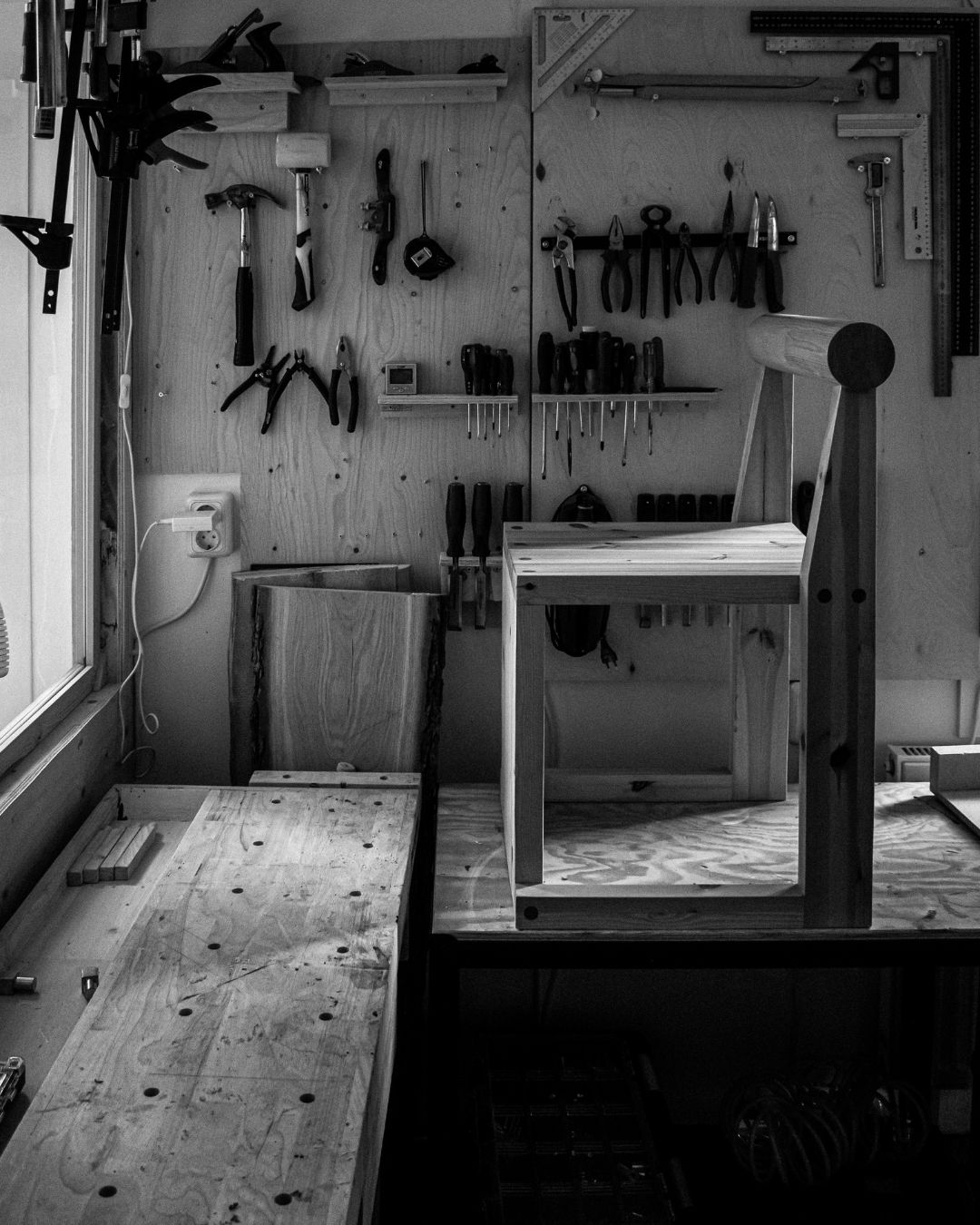
Prior to starting a new project, what type of research do you do and why? What information do you look for and where?
Simo Lahtinen:
“The type of research I do really depends on the project. Every project is unique, so my approach varies depending on the scale, purpose, and context. For some projects, I focus on understanding user needs and behaviors—what challenges they face and how the design can improve their experience. For others, I dive into material research, technical constraints, or sustainability considerations. Sometimes it’s about studying trends, while other times I might explore cultural or historical contexts to ensure the design is both relevant and meaningful.”
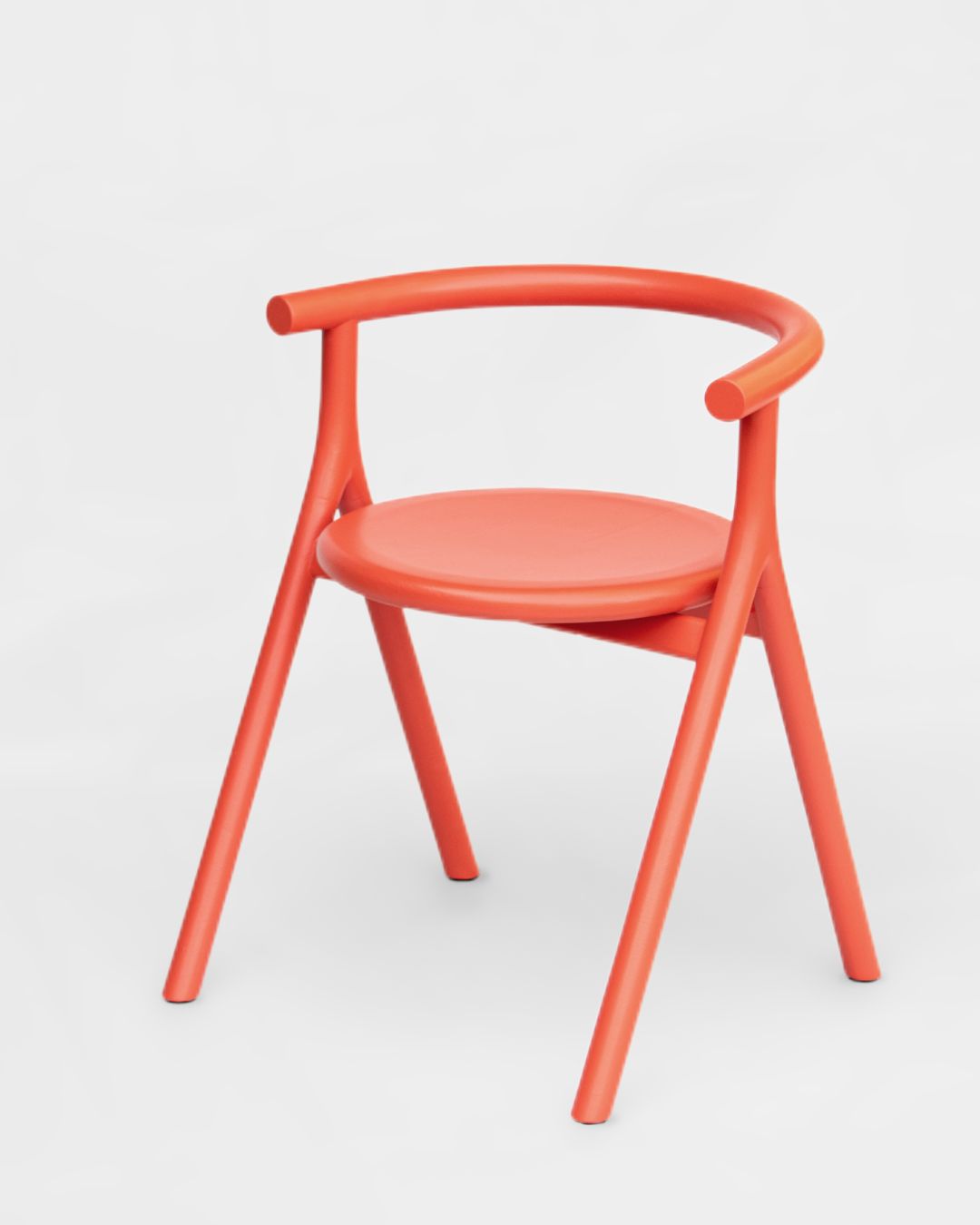
In reference to your career path, what is the ‘secret’ to successfully working on large-scale projects as well as products? What approach guides your creative process?
Simo Lahtinen:
“In large-scale projects, you’re often part of a bigger team, and design may play a smaller role within the overall scope. However, even when the design element is just one part of a larger picture, it can still have a significant impact on the outcome. The key is to understand how your work integrates with the efforts of the entire team and contributes to the broader vision. It’s about balancing your design contributions with the technical, functional, and strategic requirements of the project. For smaller-scale product design, I have more creative freedom, allowing me to focus more on user experience and functionality. In both cases, my approach is guided by research, collaboration, and a deep commitment to making sure the design enhances the final result—whether it’s a product or a large urban project.”
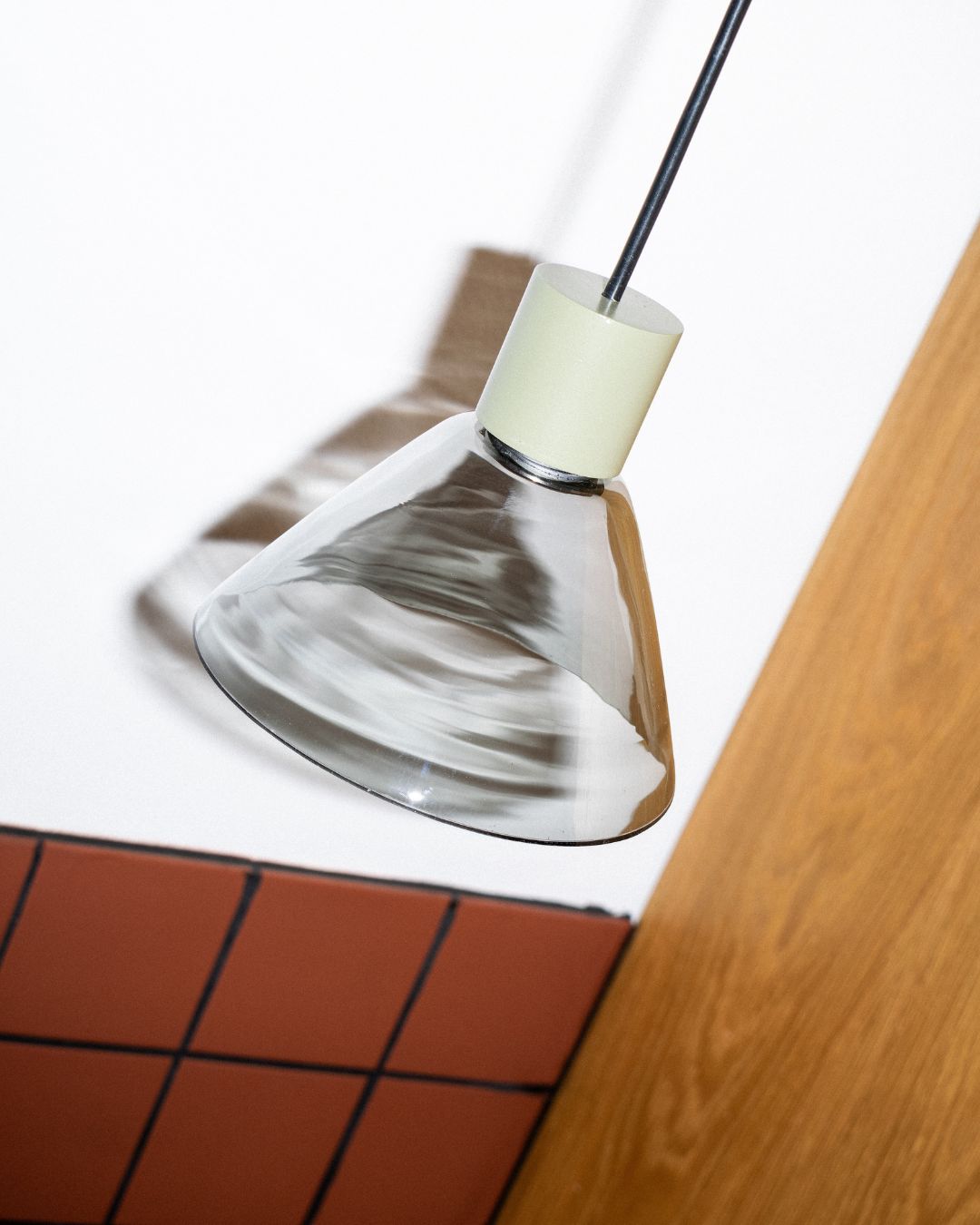
How do you define and measure success in the design industry?
Simo Lahtinen:
“For me, a successful design is one that serves a clear purpose, solves a real problem, and brings value to people’s lives. It should resonate with users, be functional and durable, and have an aesthetic quality that endures over time. When a design has a meaningful impact and justifies its place in the world, that’s when I consider it successful.”






